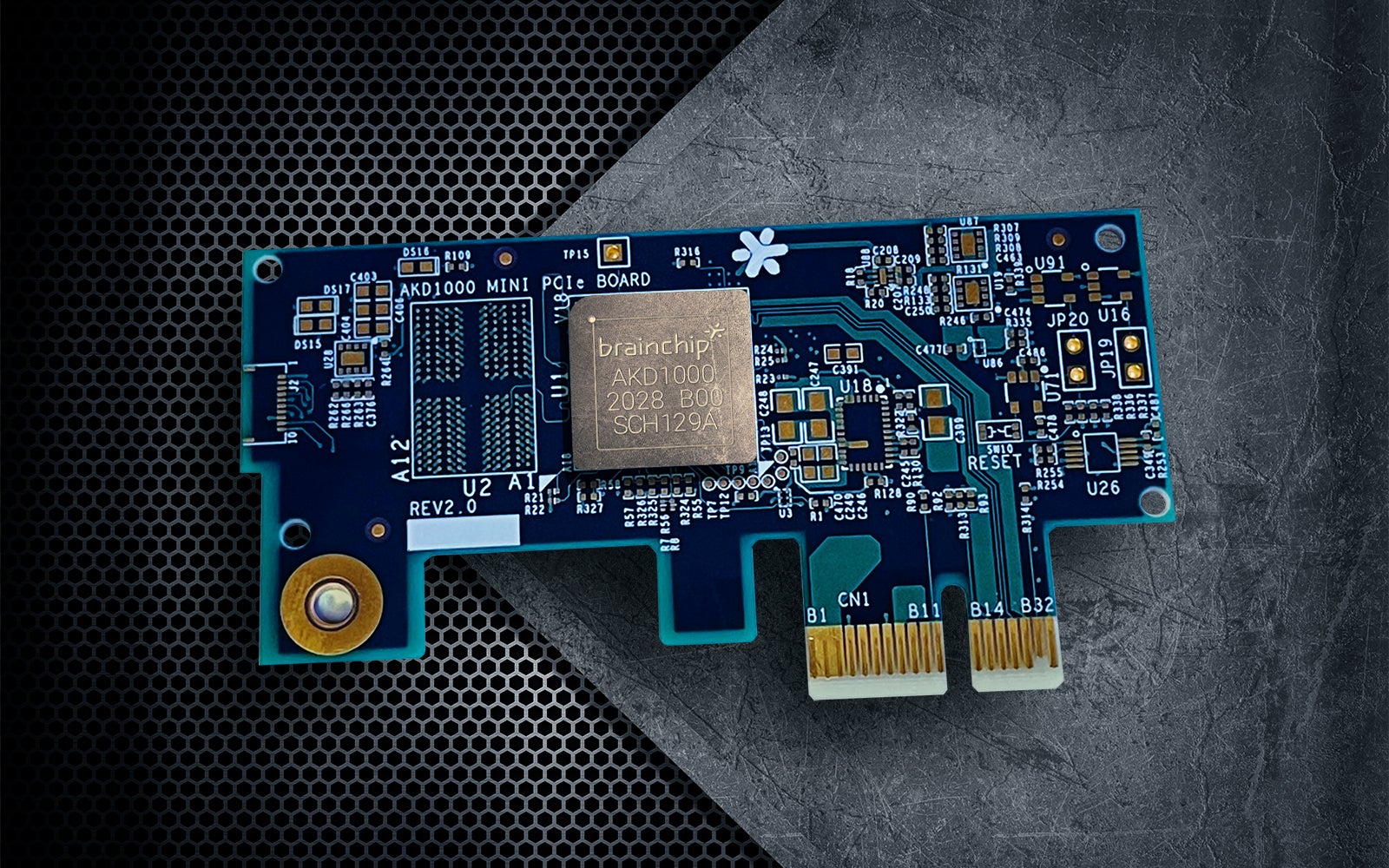M Anthony Lewis
Qualcomm dominates the mobile phone processor market, and has a solid grip on automotive, eg, Mercedes.
Tony Lewis led the Qualcomm Zeroth AI software development team which developed,
inter aliaI, software on-device learning.
https://www.qualcomm.com/news/onq/2015/03/qualcomm-zeroth-advancing-deep-learning-devices-video 20150302
...
Another new feature of Zeroth, also functioning fully on-device, provides the ability to recognize faces in near real time on a Snapdragon-powered device using deep convolutional neural networks (CNNs) with a top level classifier that can be retrained on device. This feature has been integrated into the Snapdragon Rover and provides the robot with the ability to learn to recognize new people’s faces with just a few examples and without having to retrain the entire convolutional neural network. The same technique could also be applied to customizing and personalizing other types of recognition categories also on device.
A preview of things to come
The cutting edge in research with neural network-based processing is for pattern matching on data that has a time component to it. Key example scenarios for this include activity recognition in video, handwriting recognition, speech and natural language processing. Approaches that include a variant of a type of neural network known as a recurrent neural network (RNN) show the most promise in achieving human-like performance for recognizing patterns over time.
The Zeroth team worked with Planet GmBH to demonstrate the power of deep convolutional recurrent neural networks running on Snapdragon and in the Zeroth Platform.
In 2018, he joined HP and continued AI development including on-device learning:
https://www.linkedin.com/in/m-anthony-lewis-b6a6335/
P
ortfolio includes: Application of machine learning to: Bioanalytics connecting computer and people, Corporate Finance Prediction, Customer Service Optimization, warranty support reduction, Emotion Recognition (visual and audio), machine learning accelerators analysis, Deep Learning at the edge. Robotics for manufacturing and 3d print. Also, work in use of flattening compute architecture with NVM.
Clearly, Tony was a major influence on Qualcomm's success in development of its AI capabilities. He also worked on temporal NNs.
One of the main distinguishing features of Akida 1 is its
on-device learning capability in silicon, while Akida 2 introduced
TeNNs.
There is a 3 year lacuna in Tony's Linkedin CV - retirement? What lured him back to the "mundane" world of AI NNs?
My guess is it was TENNs - unfinished business?
Or possibly LLMs at the edge?

 stockinvest.us
stockinvest.us



